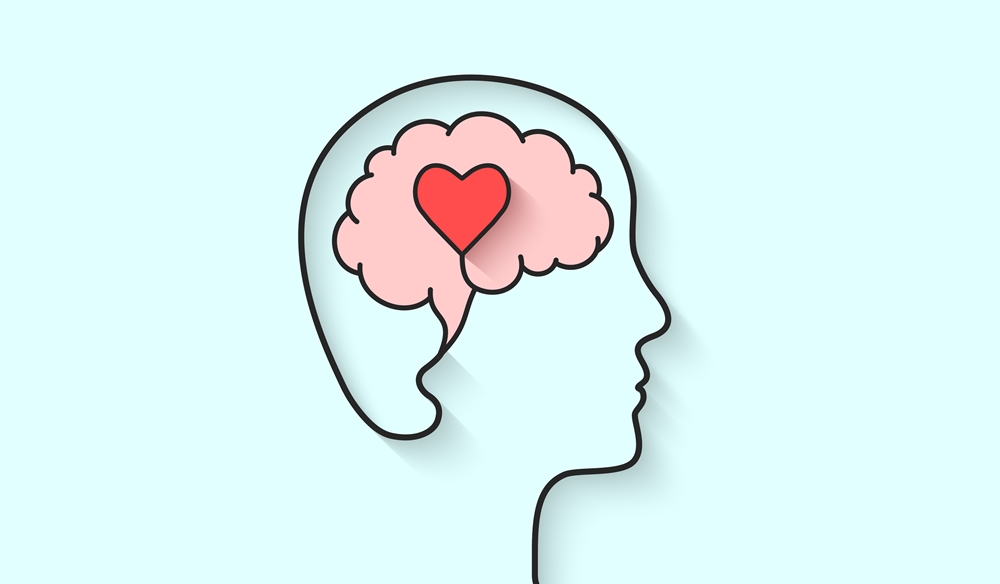The mental health of children and adolescents is a subject of special attention, especially in the power of a special attitude towards the younger generation, which is inherent in any civilized society. This problem also has a more pragmatic dimension, since we can talk about an increase in mental health disorders by as they grow up and, accordingly, increase morbidity of the adult working-age population, about economic and moral losses and etc.
Currently, WHO in the global scale assesses the proportion of children with certain mental health problems in about 20%, and recently held specials in Europe studies give estimates in the range of 14-23% in depending on the age group and gender Against this background, data from the United States stands out, according to which a quarter of adolescents have had mental health problems in the past year, and a third – during life.
As for diagnoses, then in the first place in the United States in adolescents anxiety disorders are detected, followed by behavioral disorders (including hyperactivity and attention deficit), affective disorders the sphere and consumption of psychoactive substances.
In this article, we do not touch upon an intellectual defect, autism, Psychosomatic Disorders. And other states in which the biological component plays a decisive role and which, for example, schizophrenia remain in populations for about the same level for a long time.
It’s about “mental health problems” or about the “psychopathologies” under which they hide various subclinical manifestations of psychological distress, depressive, anxious and psychosomatic manifestations, behavioral disorders that impair social functioning, as well as personality disorders and self-destructive tendencies representing
Data from selected cohort studies
It should be noted that cohort studies focusing directly on adolescents quite rare, and coverage of time intervals, unfortunately small. First messages alarming about the increase in violations mental health among youth appeared in late 90s of the last century in the UK.
It was about depression, behavioral disorders with a predominance of antisocial manifestations, addictions (alcohol and drugs), disorders eating behavior and suicidality. Growth various manifestations of anxiety and depression in children and adolescents in the Western world since the mid-twentieth century to the 90s is noted in the work of J.M. Twenge. The author emphasizes that suicide among adolescents increased from 5.2 per 100,000 in the 60s to 13.2 per 100,000 in the 90s. Through the introduction of new antidepressants by the beginning of the XXI century in economically developed countries, there has been a limitation in the number teenage suicides, but psychosomatic frustration continued to grow.
At the same time, alarming frustration remained at historically high figures and showed no tendency to decrease. It is also interesting that for the specified period time thanks to such a standardized psychological tool like MMPI has succeeded detect changes in the personality profile young people, in particular, an increase in the values a number of clinical scales (depression, anxiety, psychopathy, hypomania, paranoia).
The reason the observed negative changes J.M. Twenge sees in the changing culture of society, in in particular, in the growing trend of individualism, narcissism and social disintegration.
Hypotheses and explanations
All these facts require a rational explanation. As always when it comes to mental health, the reasons may lie in the plane of social, psychological and biological factors.
We noticed that in most sources focus on social circumstances. Thus, in the popular monograph by British authors R. Wilkinson and K. Pickett a wide range of social issues is addressed modern Western society in connection with such indicator as the Gini index – the ratio income of the richest and poorest part of society, which reflects social and property stratification, inequality.
The authors cite numerous confirmation that the average duration life, infant mortality, as well as the level of criminality, the frequency of childbirth among minors, the level of trust in society, obesity and, most importantly, mental disorders, including alcoholism and drug addiction, little depends on GDP for per capita, but clearly associated with a direct correlation with the indicator of social inequality.
The authors consider the level of psycho-social stress caused by inequality and the struggle for status (status syndrome), and stress, according to their calculations, covers all layers society, and not just its poorest part.


